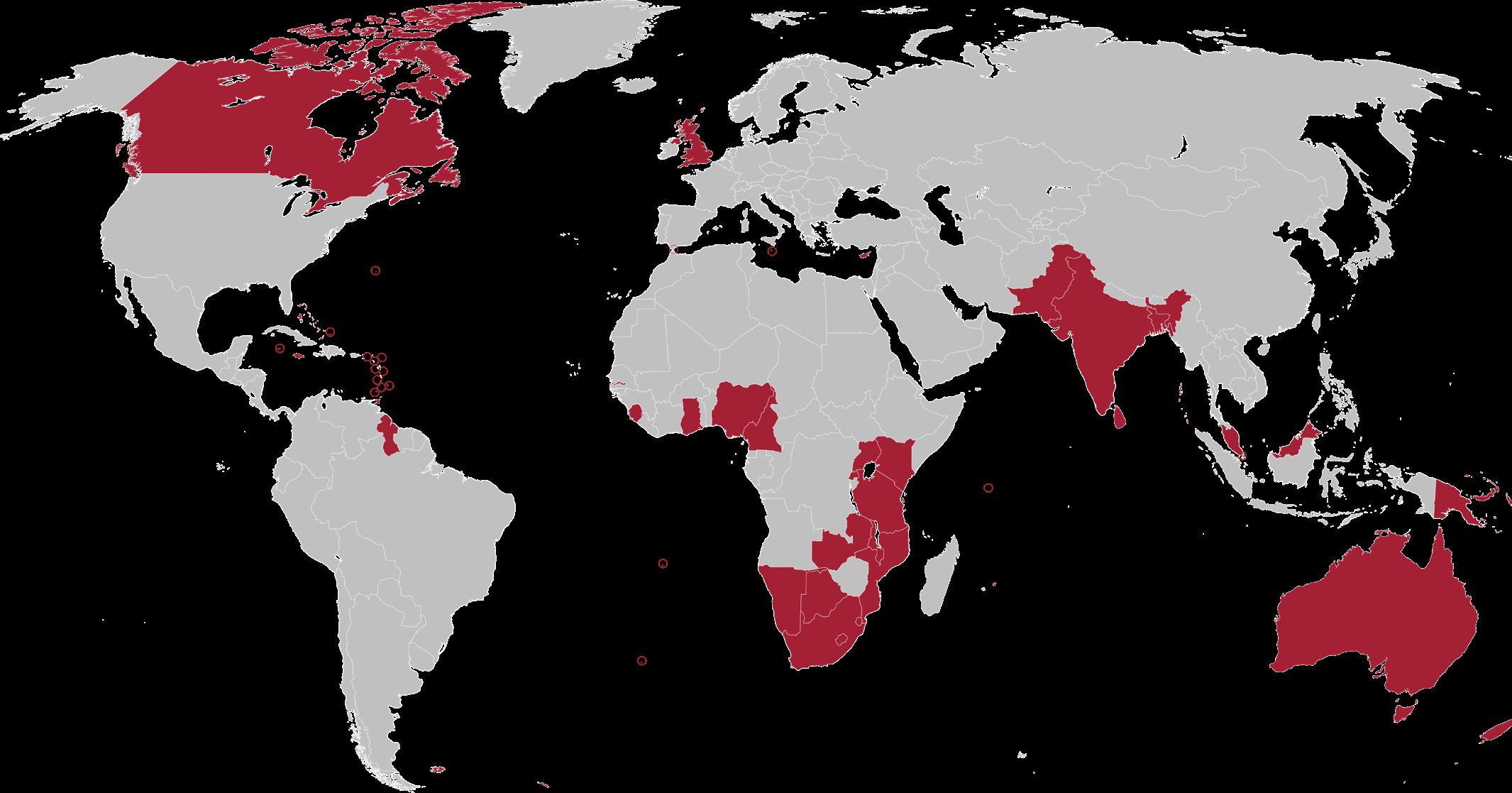
3 minute read
INTRODUCTION TO HARASSMENT
In order to develop an effective policy, all parliaments in the Commonwealth should be aware and able to understand the concept of harassment and the negative role it can play in the workplace.
WHAT IS HARASSMENT?
Harassment can be identified as unwanted behaviour directed at an individual with the purpose or intent of humiliating, disrespecting, intimidation, hurting or offending them.
This unwanted behaviour could include but is not limited to: • Discriminatory: unwanted, harmful and unfair treatment towards an individual that is based on the grounds of age, disability, gender, language, nationality, political view, religion, race, sexual orientation or other status.
Sexual: unwanted sexual advance or request directed at an individual such as inappropriate physical contact or remarks about a person’s body or clothing, unwanted messages, calls, gifts or advances; Physical: unwanted physical contact or action directed at an individual, such as direct threats with the intent to harm, physical attacks such as hitting, kicking and pushing;
Psychological: unwanted behaviour or actions that can negatively impact an individual’s mental wellbeing, such as spreading rumours, belittling comments or discrediting, opposing or challenging an individual’s proposals.
Harassment could also include some bullying behaviour, such as verbal or written abuse, threats, rude jokes, facial expressions and gestures, amongst many other actions.
Additionally, coercion, the action of forcefully persuading or threatening an individual to do something which includes behaviours, such as blackmail, extortion, threats or physical and sexual assaults could also be considered as a form of harassment.
Harassment can occur in the workplace for numerous reasons which can be linked to underlying issues in the working environment and working cultures of a parliament. Therefore, the causes behind harassment may vary across one country to another.

However, most commonly, harassment is present because of: • The abuse or misinterpretation of power; • The existence of certain social behaviours and norms; • A lack of accountability; • Little to no performance management; • The failure to establish robust communication between the employer and employee; • An absence or lack of clear procedures needed to successfully resolve complaints; • The false assumption that harassment isn’t an issue or applicable to the parliament; • Issues around the role of parliamentarians being both the employer and client; • The lack of resources and time dedicated to developing and implementing existing antiharassment policies; • Misconception that good behaviour only extends to actions taken in the chamber and not outside of parliament; • Poor internal communication and insufficient understanding of the role and remit of staff; • The perception of bias or partisanship of staff; • The belief that tackling the issue or developing policies to address harassment is the responsibility of others; • The existence of certain working practices and conditions that may create an environment of potential harassment, such as travelling abroad for work and working anti-social hours.
WHO TAKES RESPONSIBILITY?
Employers in a parliamentary context could be the government, individual parliamentarians, political parties, a parliamentary service commission, or even externally contracted or self-employed personnel.
Although parliaments have a duty of care for all persons working within their precinct, parliaments must work with the Executive, government departments and agencies to determine who will tackle the issue of harassment, or develop policies to protect these persons who may not have been directly employed by the parliament.
WHY MUST PARLIAMENTS ACT TO PREVENT HARASSMENT WITHIN PARLIAMENT?
As an employer, parliaments have a duty of care to all persons operating within their walls, from parliamentarians to security officers - to ensure that they are protected from anything that may cause them physical or psychological harm. A parliament’s inability to prevent harassment in the workplace could, unintentionally, reinforce attitudes and behaviours that create a negative and hostile work environment. As a consequence, staff and others may experience high levels of anxiety, stress and depression, which can manifest low levels of morale, reduced productivity and performance, and an increase in absenteeism.
The failure to work towards preventing harassment in the parliamentary workplace could also damage working relationships amongst parliamentarians and parliamentary staff and lead to high staff turnover, as many may no longer feel safe working in such an environment. Additionally, parliamentarians and senior parliamentary officials may also face negative press and unfavourable public attention which may undermine their reputation and that of parliament. It is therefore important that parliaments must always lead by example and consider the message they are sending to the public if they do not take active measures to prevent the spread of harassment in the workplace. Failure to do so could tarnish a parliament’s public image and reputation as a symbol of democracy and human rights.


